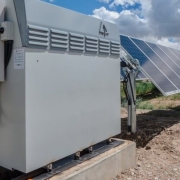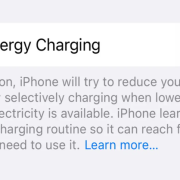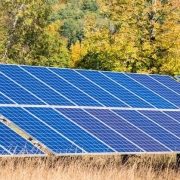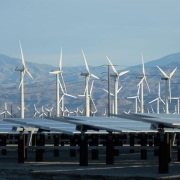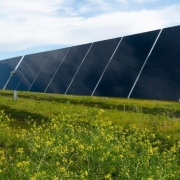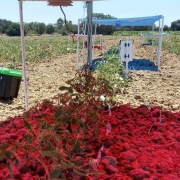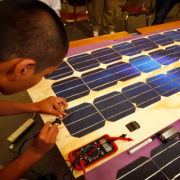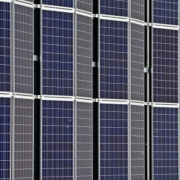Robust federal clean energy policy has laid the groundwork for a decade of explosive growth for the solar and storage industries. A 10-year extension of the investment tax credit, new incentives for domestic solar product manufacturing and many other provisions will help solar and storage meet the increasing demand for home-grown, clean energy.
The industry has already seen U.S. manufacturing expansion and groundbreaking announcements directly triggered by the Inflation Reduction Act at the end of 2022, with developers eager to collect the 10% ITC adder for sourcing domestic content. From mounting companies like Nextracker, with an expanding manufacturing facility in Pennsylvania, to panel makers like Heliene, with expansion plans at a Minnesota facility, the legislation is delivering more solar manufacturing to U.S. soil.
Click here to read the full article
Source: Solar Power World
—
If you have any questions or thoughts about the topic, feel free to contact us here or leave a comment below.

